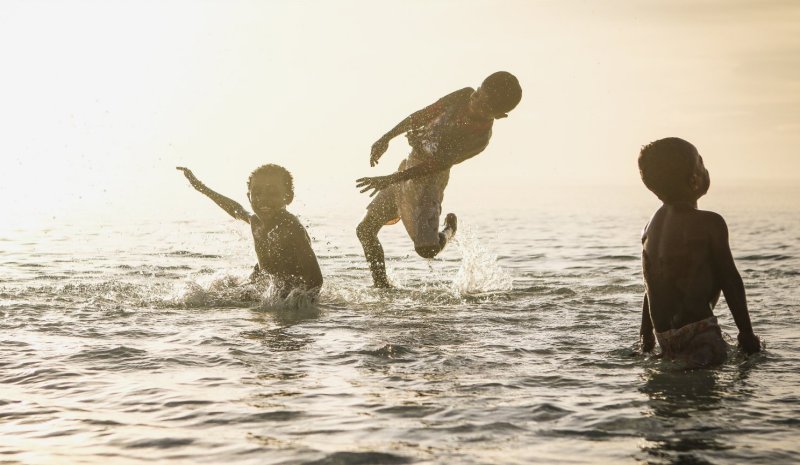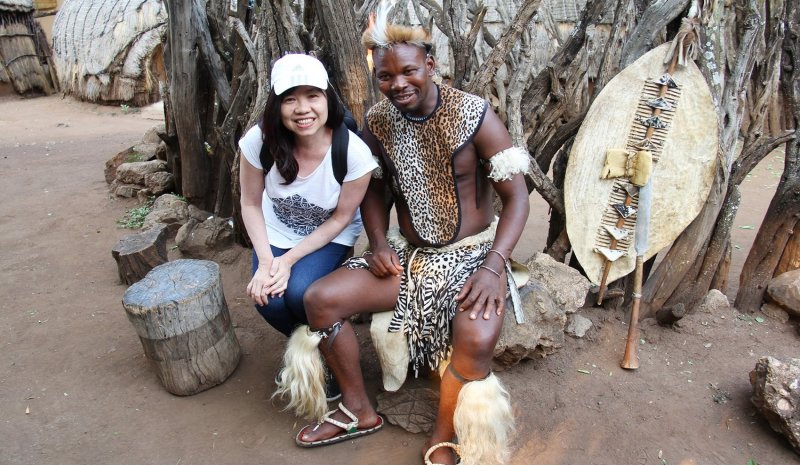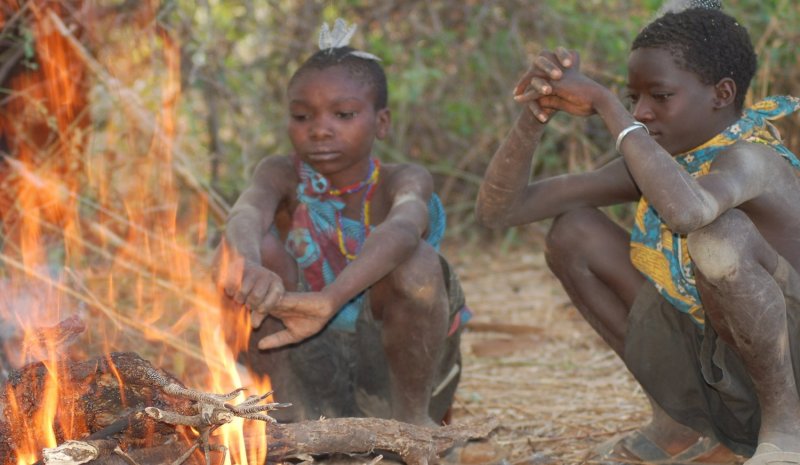 Make a real difference...
Make a real difference... to communities across Africa.
to communities across Africa. Share skills and knowledge...
Share skills and knowledge... and sponsor children...
and sponsor children... to develop a better future
to develop a better future ...and change lives forever!
...and change lives forever!

| Auto |
The territory known as Mali can be traced back to the fourth century of the Common Era when south west Mali was part of the Empire Of Ghana. By the thirteenth century the Ghana empire was in rapid decline and the Mali Empire was born from an area within the Ghana Empire known as Manden which had been ruled in Ghana's name. This came about as the Sosso people under their King Soumaoro Kante, who had leapt to fill the void of the collapsed Ghana Empire, conquered the Mandinka kingdoms of what is now Mali. The Mali warlords then formed a pact and turned to one Sundiata Keita, born 1217CE, to liberate the Mandinkas and their homeland. Over the ensuing centuries various groups ruled over the area which changed in shape and size until Mali came under French colonial rule in 1892 as part of the Scramble for Africa.
The area, then known as French Sudan, became the autonomous state of the Sudanese Republic in 1958 and gained full independence from France in 1960, forming, together with Senegal, the Federation of Mali. However, months later, Senegal withdrew from the federation and the Sudanese Republic was renamed the Republic of Mali then ruled as a dictatorship until 1991, when free and fair elections were established. It subsequently gained a reputation as being one of the most secure democracies in Africa until the coup of March 2012 that reflected rising ethnic tensions and an influx of fighters - some linked to Al-Qa'ida - from Libya. Since then, the country has achieved periods of stability but ensured more periods of conflict with a further coup occurring in May 2021, when Colonel Assimi Goita arrested the interim president.
Today Mali is one of the poorest countries on Earth, not least because nearly two thirds of it is covered by desert with few opportunities to grind out a subsistence farming living and is in 188th place out of 191 countries and territories in 2021 when ranked in terms of life expectancy, literacy, access to knowledge and the living standards of a country. The population of the country has a staggering 48.3% aged 14 or younger, with 58.923 deaths per 1000 live births. 4000 children in Mali are forced to live on the streets, begging to survive, and easy targets for exploitation, including child trafficking.

With a population of 22.59 million (2022), life expectancy in Mali is 58.94 years (2021) with some 75,000 children orphaned through AIDS alone out of a total orphan population of 710,000 out of a total child population of 6,507,000. Just 56% of children have access to safe water, and 74% of the population are illiterate, with one third suffering from chronic malnourishment. Given the high proportion of young children in Mali's demography, it is hardly surprising that children in Mali start working at an early age, if not labouring, then looking after their younger siblings. As such, encouraging children, particularly girls, to attend and stay in education is often very difficult. For more about Mali, check out the profile articles below.
|
|
|
|
|
|
Mali Profile: Street Children in Mali
|
|
|
|
Mali Profile: Child Sponsor Mali
|
|
|

|
Main sections of this site:
Details of current volunteer work
opportunities in each of the
countries of Africa.
Find how to sponsor a child in Africa
with our list of organisations,
charities, programs and projects.
Discover all about Africa, its tourist
attractions, history, people, culture
and daily life there.
A treasure trove of African
resources from webcams to
free downloads and news.